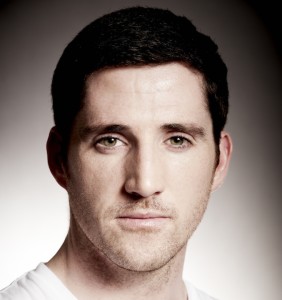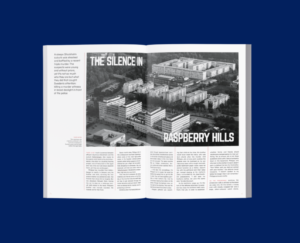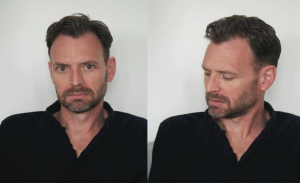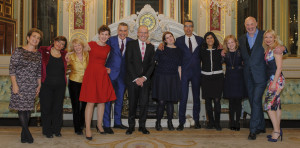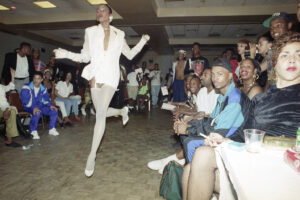
Two members of City’s journalism department played instrumental roles in co-editing the most comprehensive examination of Africa’s media landscape in nearly 20 years.
Dr Mel Bunce and Professor Suzanne Franks, along with Dr Chris Paterson of the University of Leeds, collaborated with journalists, media experts and academics to publish Africa’s Media Image in the 21st Century: From the “Heart of Darkness” to “Africa Rising” in July 2016.
The book is comprised of 29 chapters and brings together expert contributors, including the BBC’s Zeinab Badawi and founder/editor of Africa is a Country, Sean Jacobs, to paint a far-reaching portrait of Sub-Saharan Africa’s modern day media. It offers insight into how challenges facing the continent are being pursued and reported across the globe.
These range from coverage of Boko Haram, as researched and considered by City’s Dr Abdullahi Tasiu, to the impact of Twitter and Instagram, to the alternative perspectives of the continent offered by Chinese and diaspora media.
Co-editor Dr Bunce, who wrote the opening chapter “The international news coverage of Africa: beyond the ‘single story’” and co-wrote the introduction with Professor Franks and Dr Paterson, said: “It’s almost like a sequel. It’s a follow up to a book called Africa’s Media Image, which came out in the early 1990s. A group of us who were interested in the international news coverage of Africa found this book really helpful and were using it a lot in our research.”
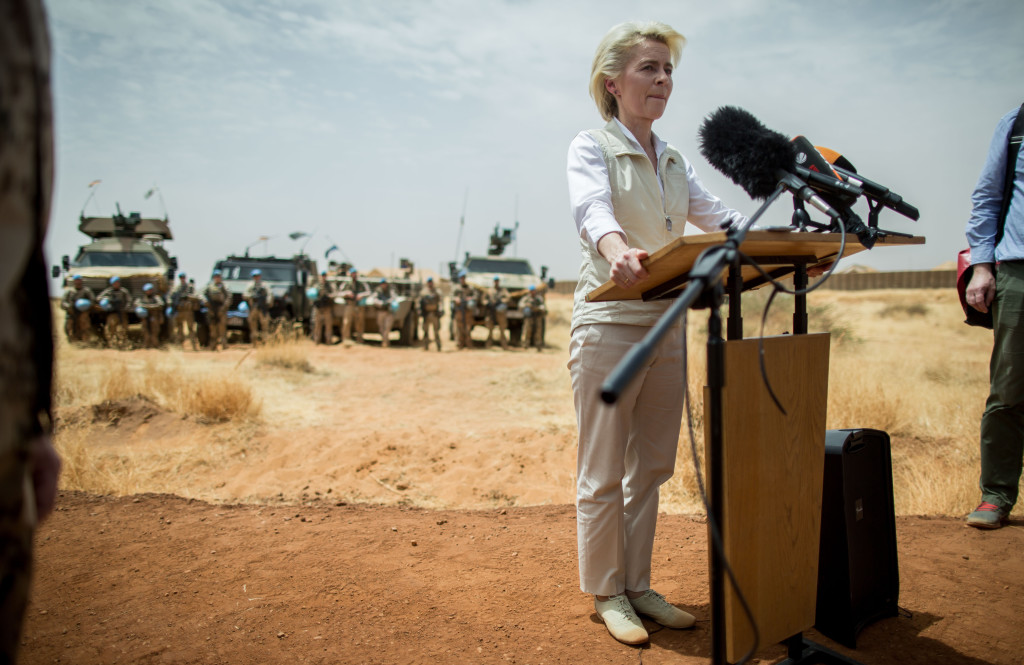
Dr Bunce, whose research predominantly focuses on global media systems, the ethics of representation and news coverage of Africa, has been a media commentator for outlets such as Al Jazeera English, the BBC and the Financial Times. Her doctorate thesis on foreign correspondence in Africa revolved around anthropological fieldwork in Uganda, Sudan and Kenya.
She added: “Since the first book was published in 1992, so much has changed. The global media system, economics, technology, politics – everything is completely different. The previous edition was basically written while there was still a Cold War going on and before there was social media or internet of any kind. We thought it would be great to do an updated version.”
The idea to republish was born out of a conference in June 2013 with the International Communication Association, which raised the issue that not enough was being done to document the impact of social media and new forms of correspondence in Africa.
Dr Bunce said: “We had a panel at a conference which was all about how researchers hadn’t kept up to date with what was actually happening in the coverage of Africa, social media, new forms of correspondence and things like that. The conference was very well attended and people were very interested in the subject, so we realised that there was an audience for it.
“The book draws attention to the fact that news coverage is more positive and optimistic and focuses on different topics to what it used to. It’s a content analysis of world newspapers and media and comparing the 1990s to today.”

